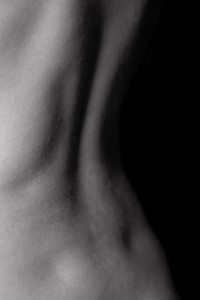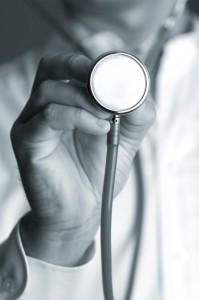Healthy Sauerkraut Recipe
My Name is Susannah Makram. I typically work with families and CEOs. I work with West End production managers, directors, actors, producers. WE need safe and immediate treatment for back pain and health concerns zapping their energy. We need help to feel energised within our modern lifestyle and I empower them to take ownership of their health journey.
Safe. Clinical. Practical. Effective
That is our Naturopathic Portfolio ethos. How can we make it yours? How can we make it work for you In The Four Phases?
Healthy Recipes
Sometimes our clients want snacking inspiration. Their lifestyle encourages taking time to organise meals and more importantly, they enjoy it!
Vegan recipe
Fermented Foods Are More Digestible & Safer To Eat Than Many Raw Foods
eg. sauerkraut and cabbage – sources of probiotic and prebiotic – dairy free, raw, vegan food, respectively,
Recipe Sauerkraut
Cabbage – 1 small to medium – approx 2 ounces
1 Tablespoon medium grain sea salt or non-iodised salt
1 Teaspoon caraway seeds, juniper berries (optional)
- Cut the cabbage in half. Cut out the thick core and stem end and compost or discard them.Thinly slice the cabbage into shreds or small pieces (think coleslaw)
- Loosely pack the sliced cabbage into a clean, wide mouth glass jars, sprinkling in the salt as well as the caraway seeds and juniper berries (if using) as you fill the jars. It is not necessary to sterilise the jars for lacto-fermented foods. the jars do have to be pristine clean, however. Pack the cabbage, salt and spices down firmly as you add them to the jar. Once the jar is almost full, loosely cover it and let it sit for 2 to 4 hours. During this time the salt should draw enough juice out of the cabbage to completely cover the solid food. If it doesn’t, top the kraut off with a brine made of 1 teaspoon non-iodised salt dissolved in 1 pint filtered or non-chlorinated water.
- Pour the salt brine, if necessary, over the cabbage and spices. Gently press down on the cabbage and spices to release any air bubbles and to submerge them in the brine. Cover the jar loosely with a lid. Place the jar on a plate to catch any overflow that may happen once active fermentation gets going. Leave the jars at room temperature for 3 days. During this time, remove the covers at least once a day and check to see that the vegetables are still submerged in the brine (add additional salt brine if necessary). You should start to see some bubbles on top – a sign that fermentation is underway.
- By the end of the 3 days, the sauerkraut should have a clean, lightly sour smell and taste. Put the jars in the refrigerator (no need to put plates under them at this stage). Wait at least 5 more days for the flavor of your sauerkraut to develop. This recipe also works well with red cabbage.
Fermented Vegetables – Why? Tangy tasting, mineral rich, nutritionally dense, gut healing to name a few… WORRIED YOU’RE NOT EATING ENOUGH FRUIT AND VEG? It’s too bloating? You’re missing out on this bloat-free gem.
Lacto-fermentation is the process that produces traditional dill pickles, kimchi and sauerkraut.
Lactic acid is a natural preservative that inhibits the growth of harmful bacteria.
The “lacto” portion of the term refers to a specific species of bacteria, namely Lactobacillus. Various strains of these bacteria are present on the surface of all plants, especially those growing close to the ground, and are also common to the gastrointestinal tracts, mouths, and vaginas of humans and other animal species.
Lactobacillus bacteria have the ability to convert sugars into lactic acid. The Lactobacillus strain is so named because it was first studied in milk ferments. These bacteria readily use lactose or other sugars and convert them quickly and easily to lactic acid. However, lacto-fermentation does not necessarily need to involve dairy products.
Do you want more simple dairy free recipes? Gluten free recipes? Throughout the next few weeks we’ll be showing you how to make the most out of seasonal food when you subscribe to Susannah Makram TV. Perhaps you don’t have time to make these so what you need to know is what and HOW?
Sugar free recipes
Naturopathy at the Bulgari Hotel Spa is fad free. Sugar free diet? Who is paleo any way? We’re personalised: that’s the VIP everyone @ Susannah Makram clinics is. What’s the number one healthy recipe for weight loss? It’s yours. Follow
WE:
1. Value our body and its powerful capacity to self repair
2. Value our time and WE know what WE want
3. Value what’s most important – Health is Wealth
4. Value our contribution to the world
When we know what we want, there is only ONE question. HOW?




